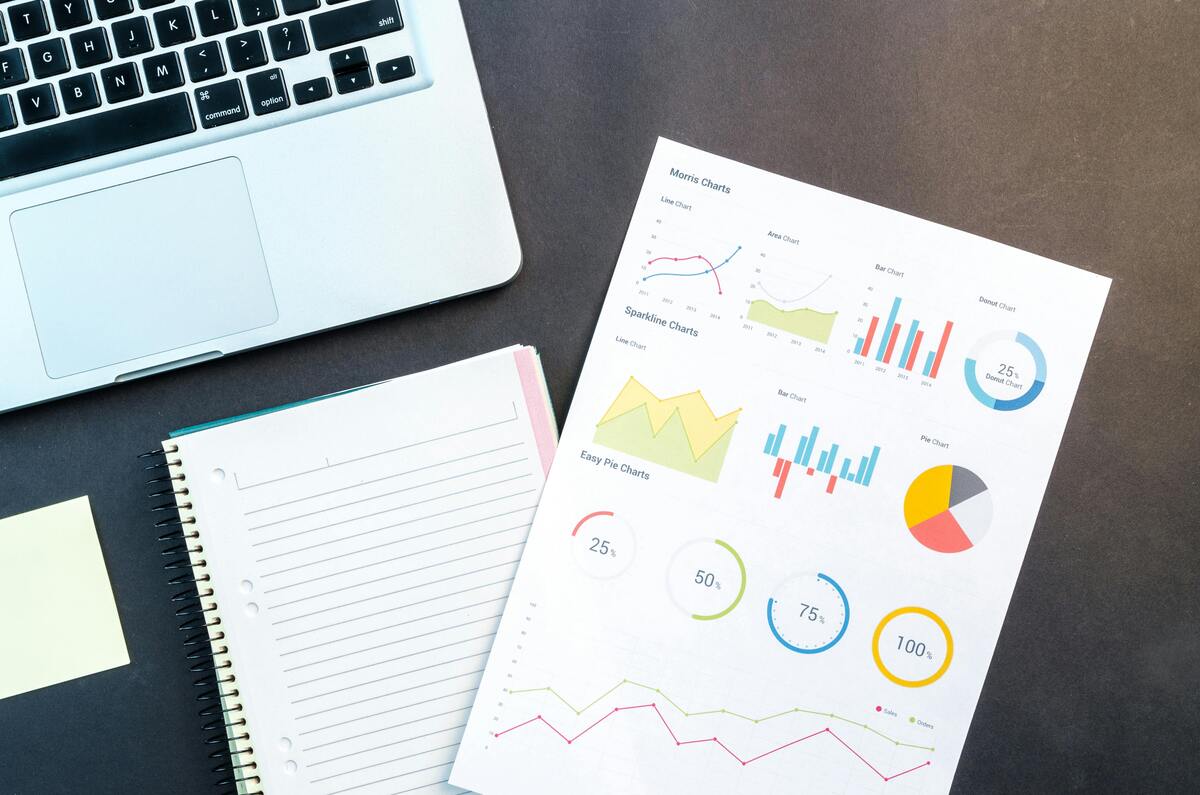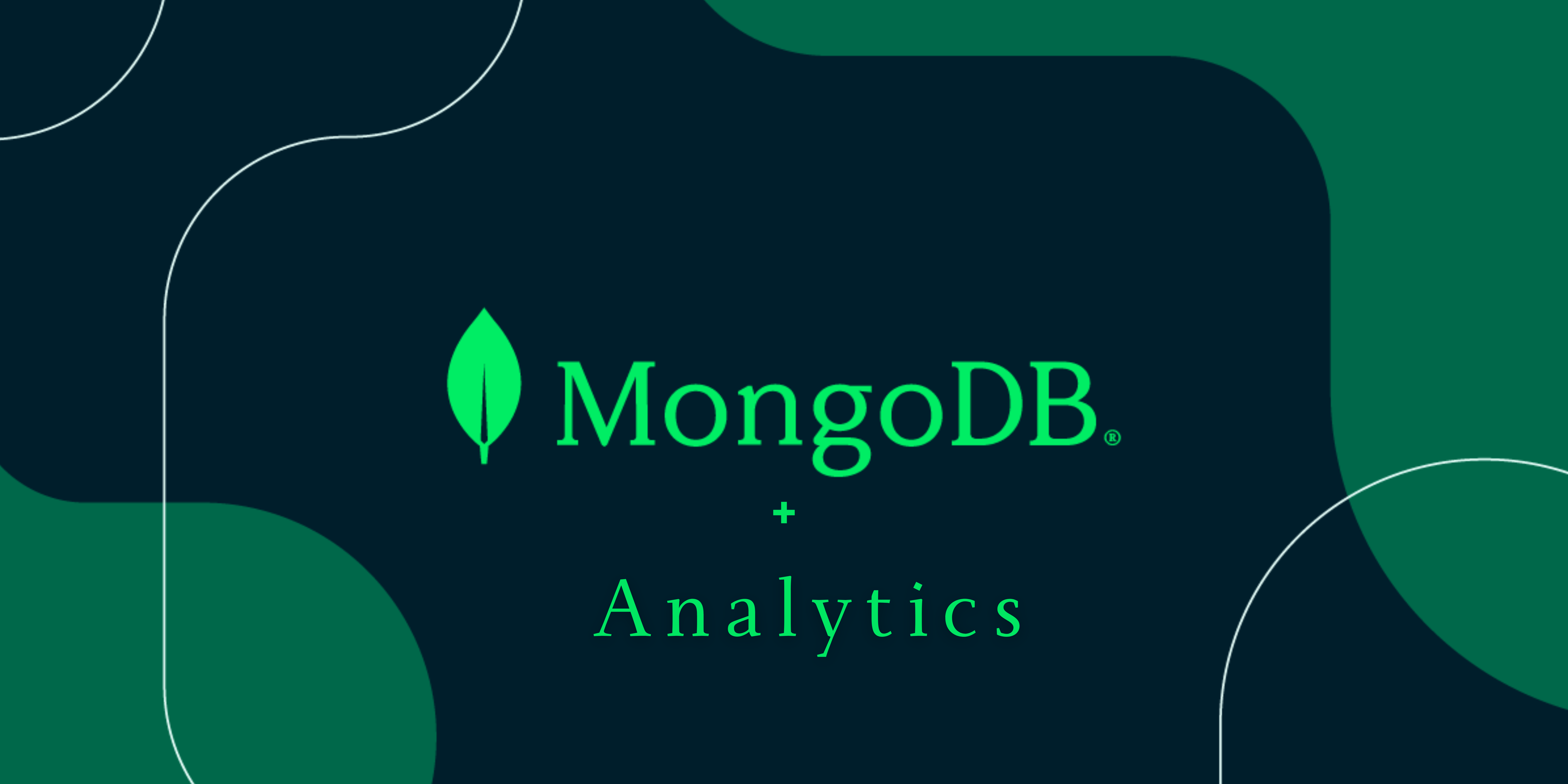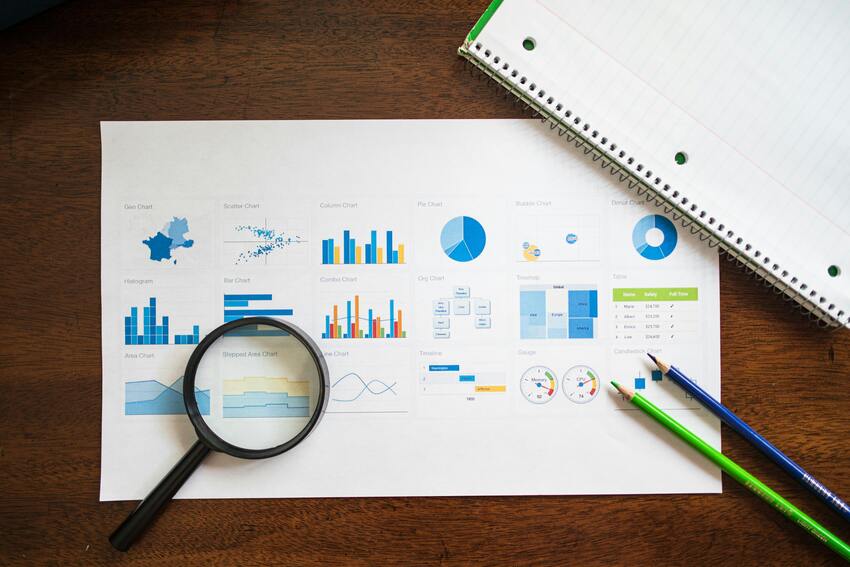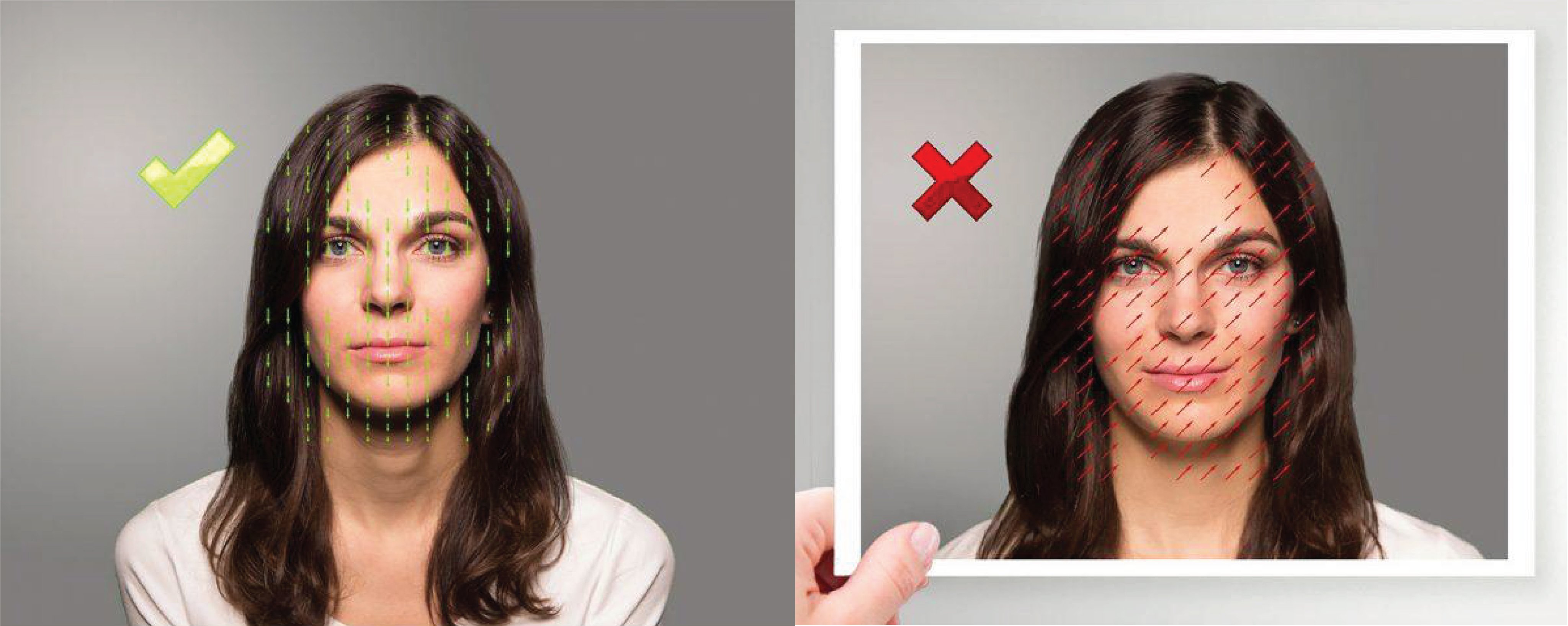1. Descriptive Analysis
Unveiling the What and Where of Your Data
Let's begin our journey into the world of data analysis with descriptive analysis. As the name suggests, descriptive analysis focuses on summarizing the basic characteristics of your data. It paints a clear picture of what your data looks like and helps you understand its core properties.
Think of it as the foundation for further analysis. Descriptive analysis provides a snapshot of your data, allowing you to answer fundamental questions like:
- What are the central tendencies (average, median, mode) of the data?
- How spread out is the data (variance, standard deviation)?
- What is the frequency distribution of different values?
Here's a toolbox of techniques commonly used in descriptive analysis:
- Measures of Central Tendency: These summarize the "typical" value in your data set. Examples include mean (average), median (middle value), and mode (most frequent value).
- Measures of Dispersion: These tell you how spread out the data is from the central tendency. Examples include variance and standard deviation.
- Frequency Distributions: These show how often each value appears in your data set, often visualized in bar charts or histograms.
Imagine a company analyzing its sales data. Descriptive analysis would help them calculate the average monthly revenue, identify the best-selling products, and understand the distribution of sales across different regions. This provides a solid foundation for further exploration and deeper analysis.
2. Diagnostic Analysis:
Diving Deeper - Why Did That Happen?
While descriptive analysis paints a general picture, diagnostic analysis delves a whole lot deeper. It's like putting on your detective hat and asking the crucial question: Why did something happen?
Diagnostic analysis goes beyond summarizing data; it's about uncovering the root causes behind patterns, trends, and anomalies. It helps you identify the factors influencing specific outcomes and understand the "why" behind the "what."
Here's what diagnostic analysis brings to the table:
- Correlation Analysis: This technique explores how two variables are related. Are they positively correlated (increase in one leads to increase in the other) or negatively correlated (increase in one leads to decrease in the other)?
- Drill-Downs: Imagine zooming in on a specific data point. Drill-downs allow you to explore specific subsets of data to pinpoint the cause of variations or unexpected patterns.
- Root Cause Analysis: This systematic approach helps you identify the underlying factors that contribute to a problem or issue.
Let's revisit the e-commerce website example from before. Descriptive analysis might reveal a high cart abandonment rate. But diagnostic analysis would dig deeper. It might use correlation analysis to see if website design changes coincide with the rise in abandonment, or use drill-downs to identify specific product categories with higher abandonment rates. This would help diagnose the reasons behind customer drop-off and suggest solutions for improvement.
3. Predictive Analysis:
Gazing into the Future - What Might Happen Next?
Now, let's get futuristic with predictive analysis. Unlike descriptive and diagnostic analyses that focus on the past and present, predictive analysis takes a leap forward. It aims to answer the question: What might happen in the future?
Predictive analysis uses historical data, statistical modeling, and machine learning algorithms to identify patterns and trends. Based on these patterns, it makes predictions about future events or outcomes. This allows businesses and organizations to be more proactive and data-driven in their decision-making.
Here are some key techniques used in predictive analysis:
- Regression Analysis: This technique establishes a relationship between a dependent variable (what you want to predict) and one or more independent variables (factors that influence the dependent variable).
- Time Series Forecasting: This method analyzes data points collected over time to forecast future trends and patterns.
- Machine Learning Models: These algorithms can learn from historical data and use that knowledge to make predictions about new data.
Imagine a retail store using sales data to predict demand for specific products. Predictive analysis can help them forecast future sales trends, identify seasonal variations, and optimize inventory levels to avoid stockouts or overstocking. This proactive approach ensures they have the right products available at the right time, leading to increased sales and customer satisfaction.
4. Prescriptive Analysis:
The Crystal Ball of Data - What Should We Do Next?
We've come a long way in our data analysis journey. We can describe what's happening in our data, diagnose why it's happening, and even predict what might happen next. But what if we could do more? Enter prescriptive analysis, the final frontier of data analysis.
Prescriptive analysis goes beyond mere prediction. It delves into the realm of recommendation, suggesting the optimal course of action based on the insights gleaned from data. It's like having a data-driven crystal ball that tells you not just what will happen, but also what you should do about it.
Here's how prescriptive analysis equips you for informed decision-making:
- Optimization Algorithms: These sophisticated algorithms analyze various options and identify the course of action with the most desirable outcome.
- Simulation Modeling: This technique creates a virtual representation of a system to evaluate the potential consequences of different decisions before implementation.
Imagine a transportation company facing traffic congestion issues. Prescriptive analysis can analyze traffic patterns, historical data, and even weather forecasts. It can then use optimization algorithms to recommend the most efficient routes for deliveries, taking into account real-time conditions. This not only saves time and fuel but also reduces emissions and improves overall delivery efficiency.
By combining the power of prediction with actionable recommendations, prescriptive analysis empowers businesses to make data-driven choices that optimize outcomes and achieve strategic goals.
Conclusion
The Power of Choice - A Data-Driven Arsenal
In this exploration, we've unveiled the diverse world of data analysis. We've seen how different types of analysis, from descriptive summaries to prescriptive recommendations, equip us to unlock the true potential of data.
Descriptive analysis provides the foundation, diagnostic analysis helps us understand the 'why', predictive analysis offers a glimpse into the future, and prescriptive analysis empowers us to take action. By wielding these different analysis techniques, we can transform raw data into actionable insights that drive informed decision-making.
Remember, data analysis is a powerful tool, but it's just one piece of the puzzle. The key lies in choosing the right type of analysis for your specific goals and asking the right questions of your data. As you embark on your data analysis journey, keep in mind that data is most valuable when it empowers you to make informed choices and achieve strategic objectives.









